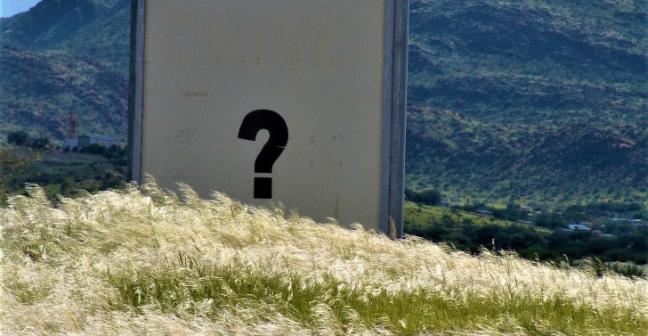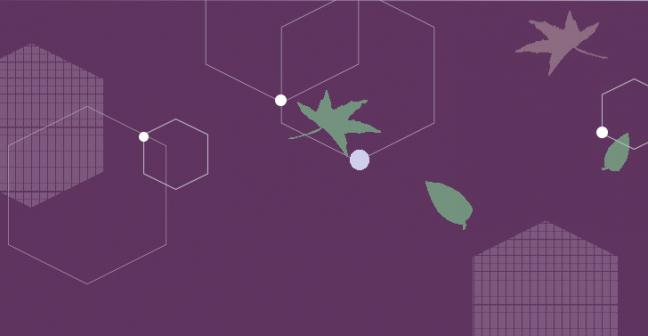Switch your search engine
Ecosia is an alternative to the main leader in search engines. Profits from your searches are used to plant trees – what’s not to like! A counter appears with every search to keep track of your impact.
Estimate your carbon...






